NASA Approved Indoor Plants are lovely to maintain in the home for décor value and their show.
However, did you know that NASA approved indoor plants?
Indoor plants are not only pretty to look but also removes toxins out from the atmosphere and play an essential role in maintaining your health. Some plants behave like humidifiers that can get eliminate toxic chemicals from the air.
What you might not know is that having a plant in the home can reduce the severity of allergies, boost your mood and even filter the air in your house.
According to an experiment with NASA, a number of these NASA Approved Indoor Plants were analyzed for their ability to eliminate pollutants and toxins from the air like ammonia formaldehyde, trichloroethylene, benzene, toluene, and xylene.
Here are 15 of the NASA approved plants which you may keep in your house.
1. Spider Plant
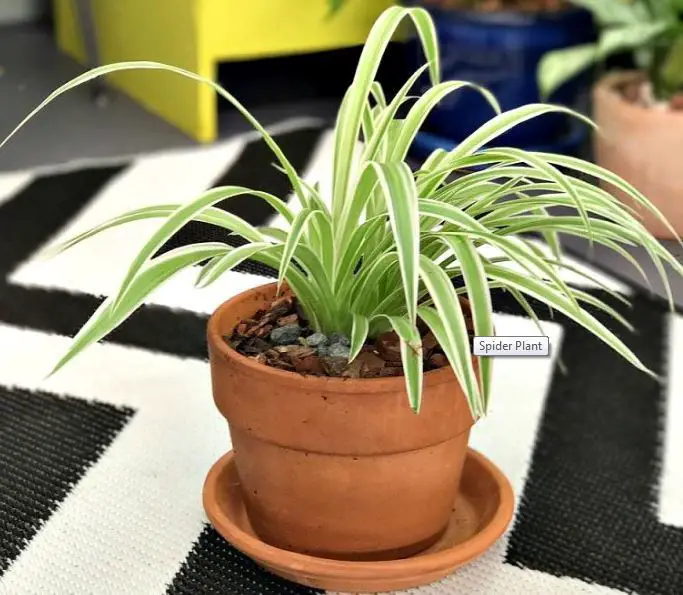
Also known as Chlorophytum Camosun, it filters xylene, formaldehyde, and toluene from the environment. Characterized by the arching leaves and small white flowers, it's the best plant to maintain hanging baskets in your porch or home indoors. These need to be kept moist in summer and need partial sunlight.
2. Peace Lily

Known as Spathiphyllum Wallisii, these are lovely air filters, which eliminate formaldehyde, benzene, trichloroethylene, xylene, toluene, and ammonia from the surroundings. All the chemical tests for this plant have been tested in the NASA research. Peace lilies prefer moderate to low light, and it'll seem as a foliage plant. Take care that your kids and pets do not touch this plant as it can be toxic to them.
3. Variegated Snake Plant
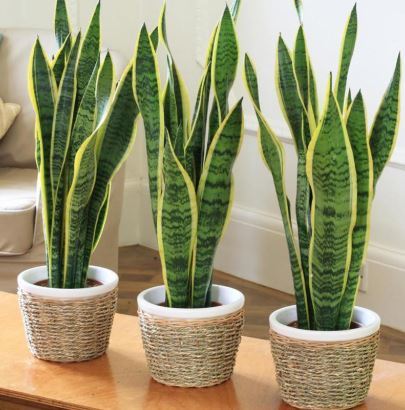
This is referred to as the tongue of mother-in-Law. It's distinguished by its long succulent and leaves that stand upright. It has yellowed edges and is green in color. Snake plants may be poisonous to pets and may filter out benzene, trichloroethylene. Do not water them much or they will rot.
4. Bamboo Palm
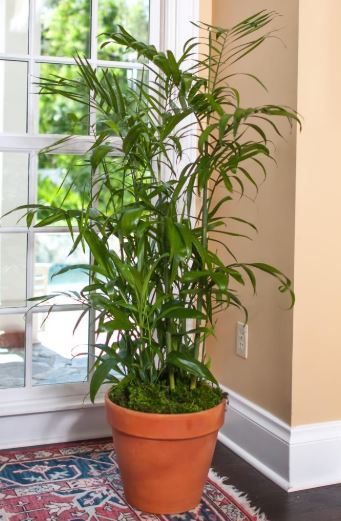
Chamadorea Seifrizii or bamboo can grow in any light condition, even low lights and needs water in the dry soil. They do not like change in their conditions, so it's ideal for keeping them in one location. The leaves may begin drooping if you keep moving the plant. Bamboo palms can filter formaldehyde, xylene, and toluene from your surroundings. They're non-toxic to pets.
5. Flamingo Lily
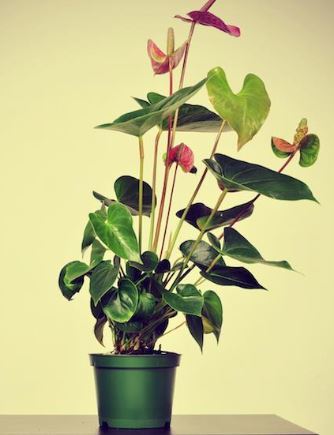
The Anthurium Andraeanum is a fantastic plant that adds an enchanting look to any home. Its pink blooms look very pretty with a lily appearance with blossoms. You will need to put them with plenty of sunlight and without drafts. Flamingo lilies can filter formaldehyde, xylene, toluene, and ammonia in the surroundings. According to NASA Approved Indoor Plants list these need to be kept out of reach of pets because they may be poisonous to them.
6. Aloe Vera

The Aloe Vera plant is one of the beneficial plants because of its health properties and the capacity to rejuvenate skin. Aloe Vera requires less maintenance and eliminates benzene from the air when releasing oxygen. Benzene is a chemical found in chemical cleaners and paint solvents.
7. Boston Ferns
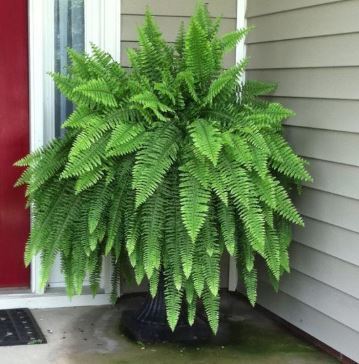
With purifying the atmosphere, Boston Ferns are also beneficial for the people having dry skin. They may remove formaldehyde from the air and thrive in regions of high humidity. Formaldehyde is used in the manufacture of furniture. Boston ferns introduce moisture into the atmosphere.
8. Devil's Ivy
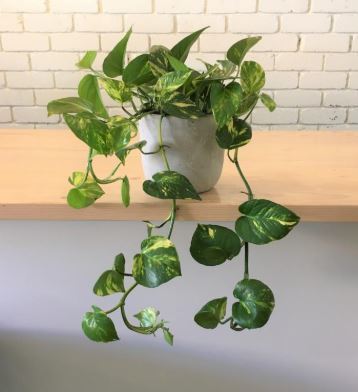
Devil's ivy is also known and is seen as a lovely green plant. They can filter out toxins such as formaldehyde and xylene that makes it worthwhile to keep at home. The plants have to be kept moist and prefer medium sunlight. Keep out of reach of pets as it is poisonous to them.
9. Chinese evergreen

Aglaonema modestum or Chinese evergreen is distinguished by its beautiful foliage and is among the simplest and hardy indoor plants you may keep at home. It can withstand in a dry atmosphere and poor light conditions. It may endure drought. Chinese Evergreens filter out formaldehyde and benzene from the surroundings.
10. Dracaena
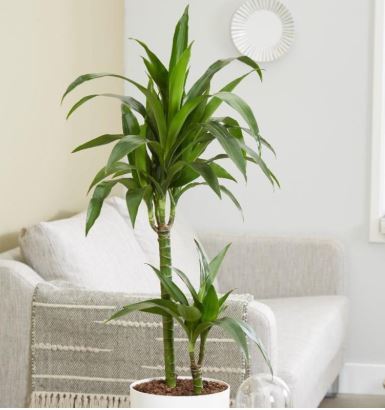
Also called as the dragon tree, this plant requires low maintenance. It's a plant with broad-striped leaves which grow around 10 to 15 high. They would make a wonderful addition to the terrace.
Do not over-water this plant as the plant can be destroyed. Also known as Dracaena Marginata, it’s a low maintenance houseplant with striped leaves.
Excess Sunlight can cause stains to appear on the leaves so make sure not to give it too much sunlight. Dracaena filters out formaldehyde, trichloroethylene, and xylene in the atmosphere and can be poisonous to pets.
11. Pineapple plants

Pineapple plants will give your home a tropical look but at the same time will filter out carbon dioxide from the atmosphere because they need CO2 to survive. They don't require oxygen to grow and release oxygen in their respiratory period. It filters the air to make it lighter and loser enabling individuals who snore to breathe easily.
12. Weeping figs
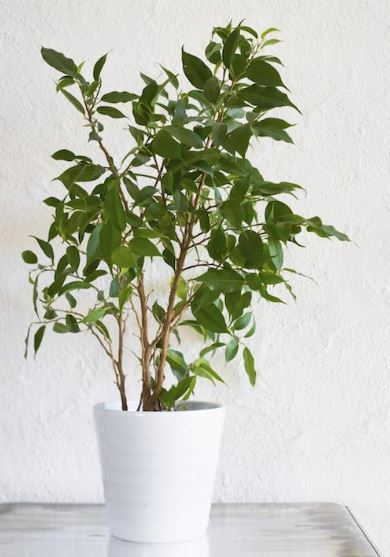
Weeping figs are miniature topiary trees that make any home look beautiful as their decorative property is great. They need low maintenance and develop really slowly, reaching up to about three feet tall. Weeping figs eliminate the toxin trichloroethylene from the atmosphere that's found in carpet and metal cleaning agents. The plant requires indirect sunlight and water to grow.
13. Florist's Chrysanthemum
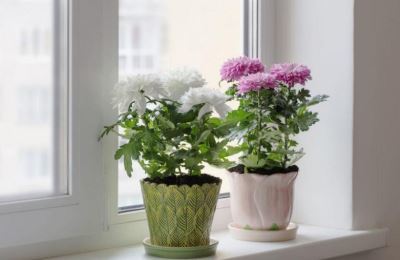
Also called Chrysanthemum morifolium, it enjoys bright light and generates those beautiful blooms that every gardener loves. You need to ensure that they stay away from artificial lighting to not disrupt their growth cycle. Chrysanthemums filter out formaldehyde, benzene, trichloroethylene, xylene, toluene, and ammonia. Keep your pets away from this plant.
14. Lilyturf

Liriope Spicata filters out Toluene, Xylene, formaldehyde, and ammonia from the surroundings. It is not harmful to plants. These are hardy perennials that grow up to 45 cm. They have leaves that are grass-like and prefer partial shade and but in the same time may tolerate full sunlight if the soil is nice and moist.
15. Barberton Daisy
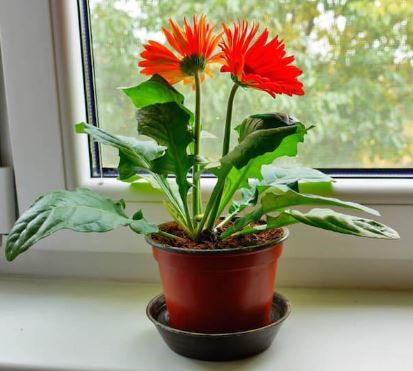
If kept indoors Barberton Daisies produce flowers throughout the year. The blossoms last up to 6 months. Deadhead the plant to produce blossoms once a flower is dried up. Barberton daisies filter out formaldehyde, benzene, and trichloroethylene.


